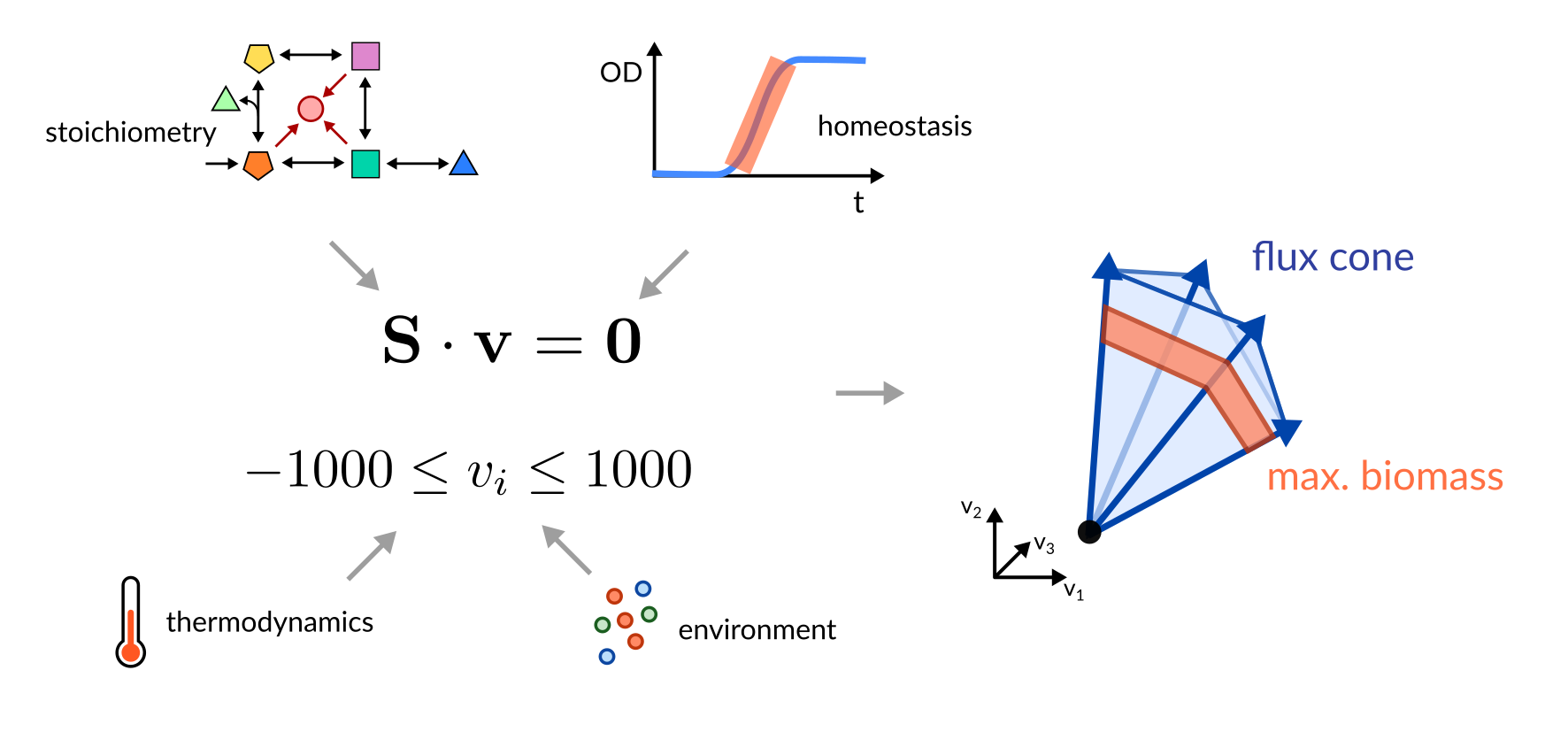Like you said, the only thing guaranteed to be unique is the objective under optimality. There may be a huge range of fluxes that yield this optimum. You can use Flux Variability Analysis to see the flexibility each flux has under an optimal objective. If you are rather interested in a method that gives you very fixed flux estimates you can use Parsimonious FBA instead.

I loaded the model from iCHOv1_K1_final.xml (https://chogenome.org/data.php, third reference, .zip file), in which glucose uptake (EX_glc_E_e) is constrained to be -0.1979 (
bounds = (-0.1979, -0.1979)). The model's irreversible reaction PDHm is unconstrained (bounds = (0, 1000)). If I change the glucose uptake to -0.3 and calloptimize()with the default objective, the flux through PDHm is very different (0!) if I don't optimize before changing this constraint. And if I then restore that constraint to its original value and re-optimize, I still get 0 flux through PDHm, instead of recovering the correct value.Glc = -0.1979, PDHm = 0.2718 Glc = -0.3, PDHm = 0.3159
Glc = -0.3, PDHm = 0.0000 Glc = -0.1979, PDHm = 0.0000
Maybe I wind up in a different region of "solution space" in the second example, but the difference seems too extreme to me... and shouldn't I be able to recover the original flux if I reset the constraint to its original value?
I'm using cobra 0.24.0 with glpk 1.5.2 and python 3.9.7 on OSX 12.4.
If this isn't a bug, could you please advise, and help me understand this behavior? I'm very new to FBA and CobraPy. Thanks!
Eric